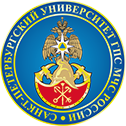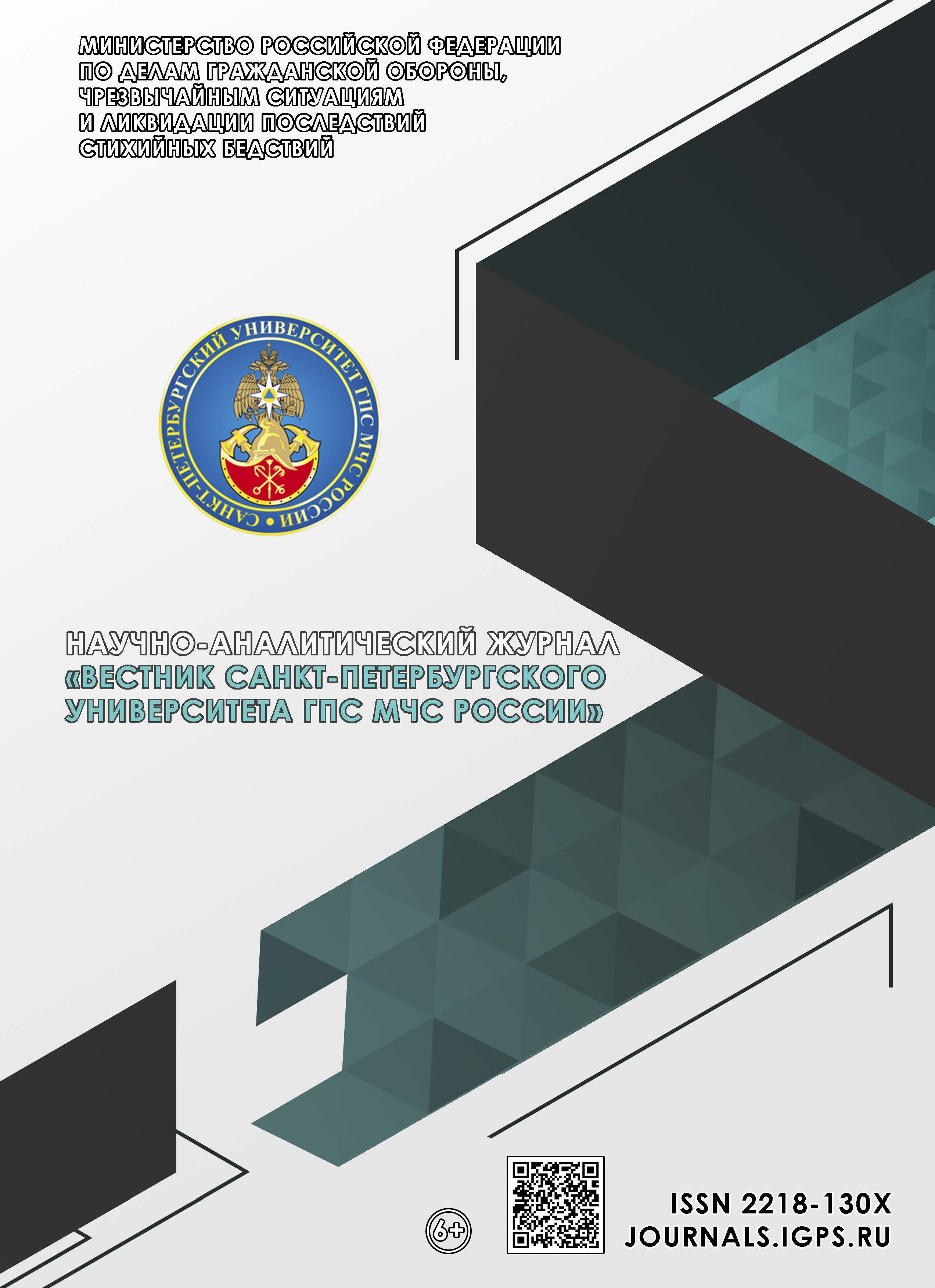Russian Federation
Russian Federation
Russian Federation
Ensuring fire safety is one of the most important functions of the goverment. The technical regulation of this area is full of various documents, which, in some cases, contain mutually exclusive provisions. This article considers the problem of technical regulation in the field of fire safety. The gaps in technical regulation in the field of fire safety in various states of Europe and South America are identified. Some inconsistencies and contradictions have been identified regarding the definition of fundamental concepts, such as the fire safety requirement and the fire compartment. Discrepancies are also indicated in the issues of the need to categorize premises according to explosion and fire hazard, as an identifying feature; filling openings in building structures; design of emergency exits, in terms of their geometric parameters. Obviously, one of a crucial task is to eliminate the identified discrepancies.
fire, fire safety, technical regulation, fire safety requirements, technical regulations, normative legal act, normative document, standardization
1. Lysenko V.A., Kramskoj I.S., Ryazanova N.A. Osobennosti normativno-pravovogo akta kak istochnika rossijskogo prava // Vestnik ekonomiki, prava i sociologii. 2015. № 4. S. 204-208.
2. Hackitt J. Building a safer future // Independent Review of building regulations and fire safety: Final report. 2018.
3. Spinardi G., Law A. Beyond the stable door: Hackitt and the future of fire safety regulation in the UK // Fire safety journal. 2019. T. 109. S. 102856.
4. Begbey R. Hackitt impacts: How the Hackitt Review could affect contract management and disputes // Construction Research and Innovation. 2019. T. 10. № 1. S. 27-29.
5. Laurie I. Lessons not learned: How did we arrive at the need for the Hackitt Review? // Journal of Building Survey, Appraisal & Valuation. 2021. T. 9. № 4. S. 363-375.
6. A review of the Swedish fire safety regulation: From the industry's perspective / A. Mossberg [et al.] // Fire and materials. 2021. T. 45. № 6. S. 737-743.
7. Rodrigues E.E.C., Rodrigues J.P.C., da Silva Filho L.C.P. Comparative study of building fire safety regulations in different Brazilian states // Journal of Building Engineering. 2017. T. 10. S. 102-108.
8. Osácar A., Echeverria Trueba J.B., Meacham B. Evaluation of the Legal Framework for Building Fire Safety Regulations in Spain. Buildings 2021, 11, 51.
9. Meshalkin E.A., Antonov S.P. Ob effektivnosti trebovanij pozharnoj bezopasnosti // Aktual'nye problemy pozharnoj bezopasnosti: materialy XXXI Mezhdunar.nauch.-prakt. konf. M.: Vseros. ordena «Znak Pocheta» nauch.-issled. in-t protivopozh. oborony MCHS Rossii, 2019. S. 115-118. EDN BIPJPL.
10. Meshalkin E.A., Antonov S.P. O dostatochnosti i paradoksah trebovanij pozharnoj bezopasnosti // Rojtmanovskie chteniya: sb. materialov VII Nauch.-prakt. konf.M.: Akad. GPS MCHS Rossii, 2019. S. 21-26. EDN KRYXWZ.
11. Meshalkin E.A., Antonov S.P. Ob izbytochnosti trebovanij pozharnoj bezopasnosti // Prirodnye i tekhnogennye riski. Bezopasnost' sooruzhenij. 2019. № 2 (39). S. 26-29. EDN ORFYLA.







